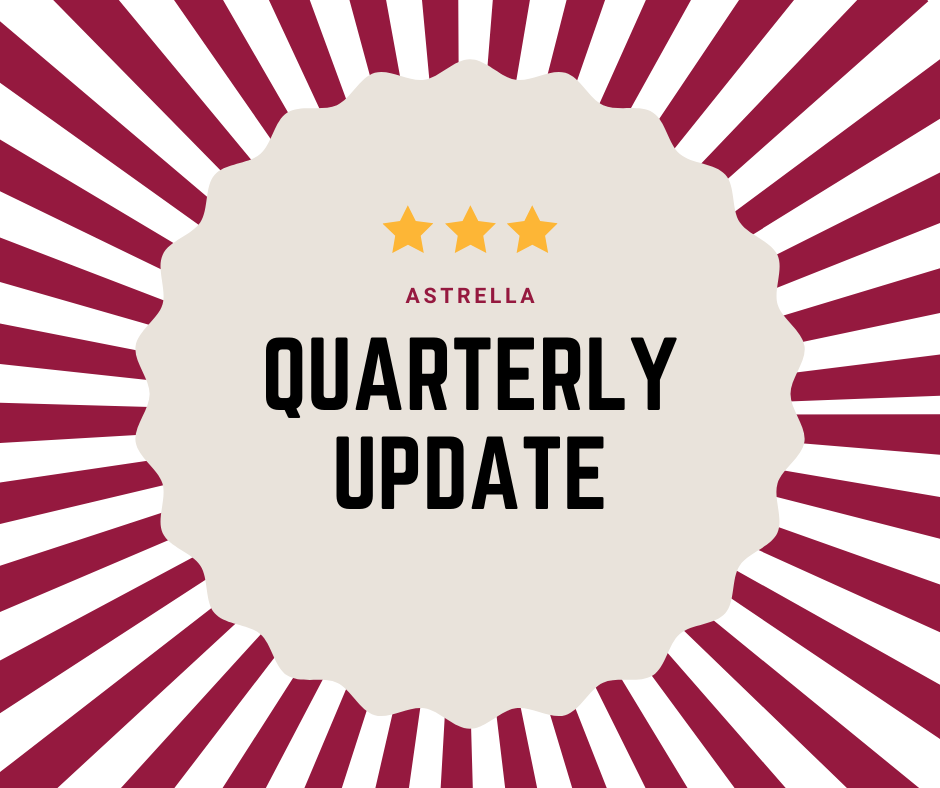Options vesting is an essential tool for companies to retain and incentivize employees. For businesses that want to reward their employees in a way that is tailored to their successes, milestone-based options vesting schedules provide an effective and flexible solution. This article will explore the various benefits of this type of schedule, how it can be set up, and best practices for implementation. In the end, readers will clearly understand milestone-based vesting schedules and how they can use them to their advantage.
What Are Milestone-Based Options Vesting Schedules?
Milestone-based options vesting schedules offer companies an effective and flexible way to retain and incentivize employees. These schedules enable employers to provide equity compensation to employees incrementally based on the achievement of predetermined goals. This means that employers can set specific goals, such as the completion of a particular project or reaching a specific revenue target, which must be achieved before the employee is eligible to receive additional equity.
These schedules also help employers attract and retain top talent by providing incentives for employees to stay with the company long-term. The vesting period for these options is typically more extended than traditional time-vested options. This gives employees more time and flexibility to achieve their vested goals and receive equity compensation while remaining motivated throughout their employment tenure.
Aside from offering a great incentive package, milestone-based vesting schedules are known as “time-based vesting with performance conditions” due to their structure. Under this type of schedule, two different kinds of milestones must be met for an employee to qualify for equity compensation: time-based milestones (which are based on how long the employee has been employed) and performance-based milestones (which are based on measurable objectives like achieving a specific sales goal).
By setting up both time-based and performance-based milestones, companies can ensure that they can reward employees who have stayed with them over a long period of time and those who have contributed significantly towards meeting business objectives. This allows employers to create more tailored incentive packages to motivate their workforce while helping them reach their goals faster and more successfully.
Overall, milestone-based options vesting schedules allow employers to customize incentive packages to suit their business needs best while giving employees more opportunities for growth within the company. With an effective vesting schedule in place, businesses can ensure that they attract top talent while rewarding those who stay loyal over extended periods – making it one of the most attractive benefits available today!
Benefits Of Milestone-Based Schedules
Milestone-based vesting schedules offer a range of advantages to both employers and employees. Employers can use these structures to manage their cash flow more effectively while tying stock options to key performance indicators. This allows businesses to pay out when they get tangible returns on investment, helping them protect their bottom line. Furthermore, milestone-based approaches allow companies to incentivize top talent with attractive equity compensation packages.
At the same time, employees benefit from more flexibility in the vesting process, which gives them extra time to reach their goals. Access to equity also motivates high achievers to stay at a company longer and contribute significantly over extended periods – making them a precious asset for any business. These combined benefits make milestone-based vesting schedules an increasingly popular choice among companies today.
Types Of Milestones To Monitor
Milestone-based options vesting schedules rely on achieving predetermined goals to trigger the equity compensation award. Companies have a range of milestones they can use to measure employee performance and incentivize workers to reach them. These milestones can be divided into time-based and performance-based categories, each offering advantages and drawbacks.
Time-based milestones are based on a set amount of time after the employee has been hired, such as six months or a year after they join the company. This type of milestone incentivizes employees to stay with the company for a more extended period to receive their equity compensation. It also offers employers more certainty regarding cash flow management, as it is easier to predict when certain payments must be made.
Performance-based milestones are tied directly to key performance indicators such as sales targets or customer satisfaction ratings. This type of milestone gives companies more flexibility when rewarding employees based on their performance and encourages them to strive for excellence in their work. It also allows businesses greater control over their cash flow management since payment dates depend on when these objectives are met rather than a pre-determined timeline.
When setting up a milestone-based vesting schedule, several factors must be considered for it to succeed. For instance, companies should ensure that any milestones they set are achievable yet challenging enough that reaching them still feels like an accomplishment for employees. They should also determine how much equity should vest upon reaching each milestone and whether additional bonuses or other forms of recognition should be awarded at specific points in the process. Finally, companies must decide how often milestones should be measured for progress tracking and analysis reports to remain up-to-date and effective.
By considering all these factors when creating a milestone-based options vesting schedule, businesses can ensure that their structure is effective and compliant with legal regulations while providing incentives for employees, which will motivate them both now and long into the future.
How To Set Up A Milestone-Based Schedule
Creating a milestone-based vesting schedule can be an excellent way for businesses to offer equity compensation to their employees promptly and effectively. To ensure success, there are certain best practices which should be followed.
When coming up with the different milestones, it’s essential to choose the right type: time-based or performance-based. Time-based milestones occur at set intervals, while performance-based ones require employees to hit specific goals before they receive equity compensation. These milestones must be achievable yet challenging to motivate staff appropriately. Additionally, the vesting period should be carefully considered to not demotivate workers by making it too long or create uncertainty by being too short.
Once this has been established, companies must also ensure that all parties involved understand exactly what is expected of them to meet each milestone – whether verbally or in writing. Depending on your business needs, you may opt for automatic or manual tracking procedures; however, both come with advantages and disadvantages, so careful consideration is required here.
Finally, it’s essential that employers put procedures in place that check for compliance with legal regulations and also help identify any pitfalls along the way – allowing adjustments if necessary. By following these guidelines, companies can benefit from one of today’s most attractive benefits: rewarding loyalty over extended periods through an effective options vesting schedule.
Best Practices For Implementing Milestone-Based Vesting Schedules
Creating a milestone-based vesting schedule is an effective way for employers to reward loyalty over extended periods. To ensure successful implementation, the following best practices should be considered.
First, setting measurable goals for each vesting period is paramount to ensure that all parties clearly know what needs to be achieved to receive equity compensation. This makes expectations better understood, and progress can be tracked accurately.
Second, involving all stakeholders in decision-making fosters an atmosphere of collaboration and trust, which helps increase the chances of success with the vesting schedule. Additionally, ensuring that the requirements are concise and accessible for everyone involved increases transparency between employers and employees.
Third, vesting schedules must meet company objectives and relevant laws or regulations governing such plans. It’s also important to consider how changes in ownership or management may affect existing schedules before they are implemented.
Fourth, tracking performance measures can help companies keep tabs on employee progress toward their goals while simultaneously motivating them through feedback on their performance over time. This will help ensure milestones are met on time or ahead of schedule when possible.
By following these best practices when setting up a milestone-based options vesting schedule, businesses can enjoy a system that rewards loyalty while managing cash flow more effectively at the same time – making it one of the most attractive benefits available today.
Conclusion
In conclusion, milestone-based options vesting schedules are an effective and flexible way to reward loyalty and incentivize employees. They offer several benefits, including aligning incentives with company goals and objectives and providing employees with more flexibility in the vesting process. Setting up a successful milestone-based vesting schedule requires careful consideration of several factors, such as the achievable yet challenging nature of milestones, the amount of equity to vest upon reaching each milestone, and the frequency of progress tracking. Additionally, businesses should ensure that all parties involved understand the expectations and that procedures are in place to check for compliance with legal regulations.
By following these guidelines, companies can benefit from an effective options vesting schedule that rewards loyalty over extended periods. This article has provided a comprehensive overview of milestone-based options, vesting schedules, and resources for further information and guidance. Ultimately, it encourages readers to take action and start setting up their own successful milestone-based vesting schedule for their company.

Tom Kirby
Tom Kirby serves as the Head of Global Sales at Astrella. With more than 20 years of experience in sales and business development, he is dedicated to fostering strong client relationships and assisting both private and public companies in understanding and effectively communicating their value.
- Tom Kirby#molongui-disabled-link
- Tom Kirby#molongui-disabled-link
- Tom Kirby#molongui-disabled-link
- Tom Kirby#molongui-disabled-link
































































































































